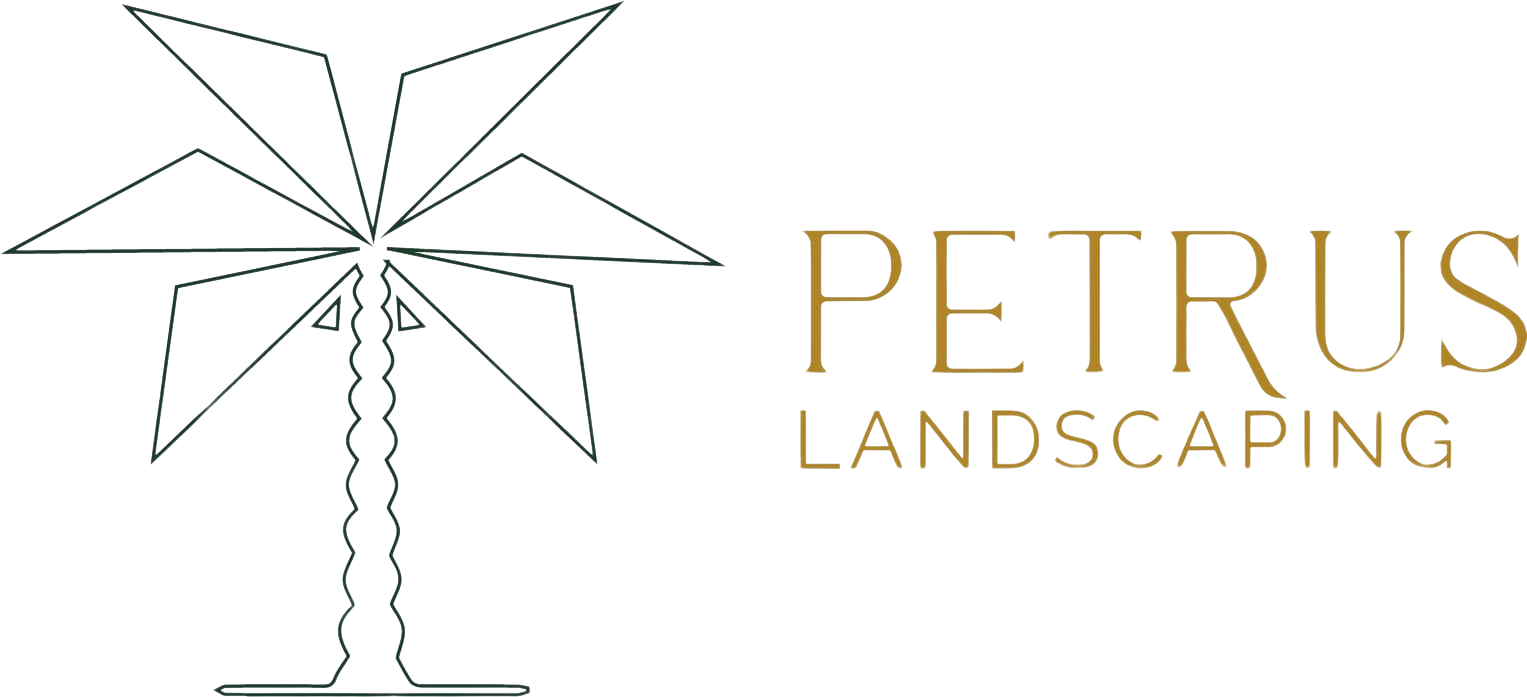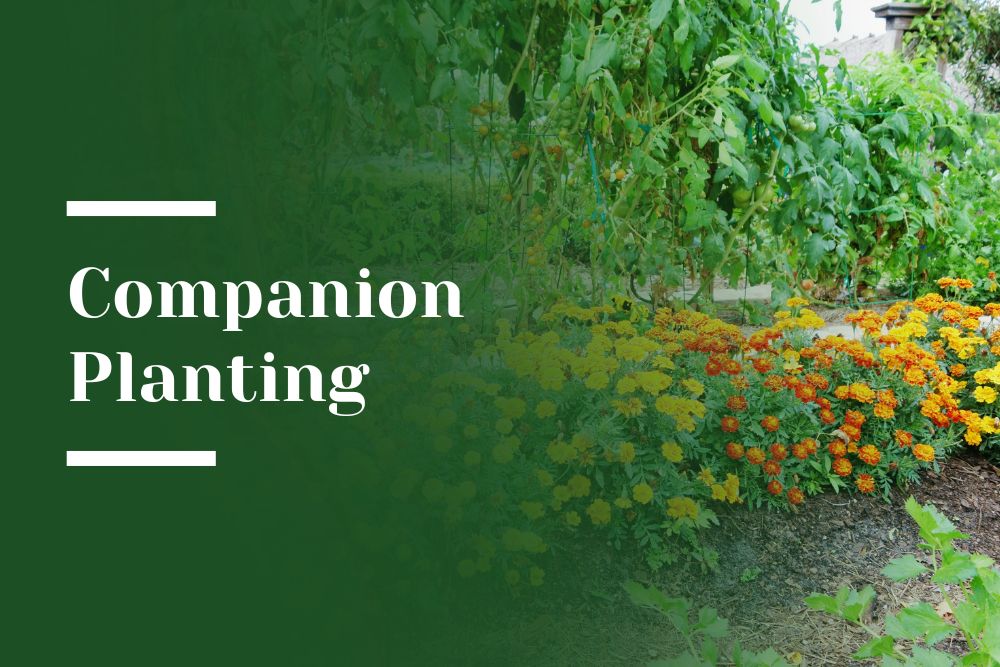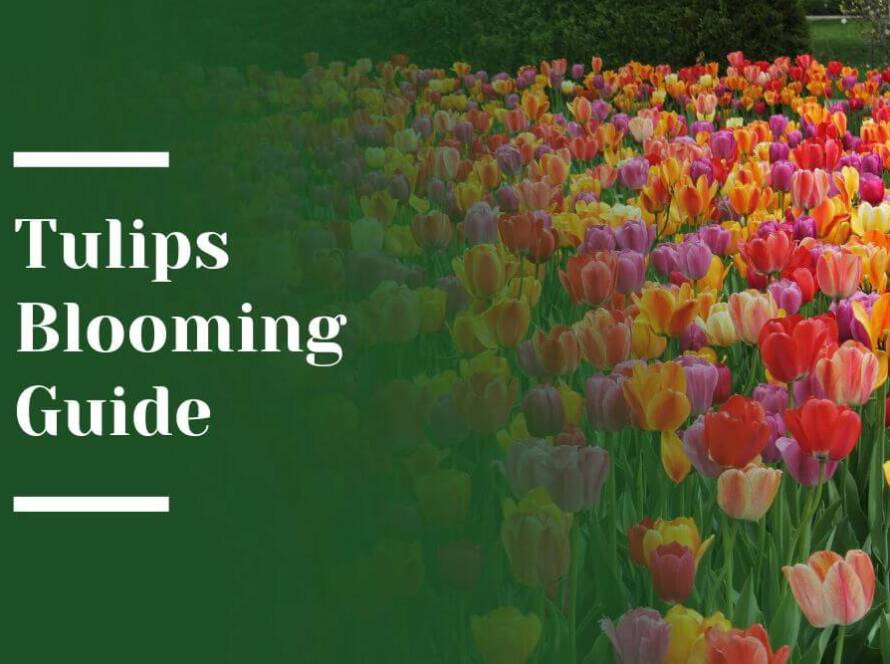Gardens in Menlo Park are more than outdoor spaces. For many homeowners, they are a reflection of lifestyle, comfort, and personal taste. The right approach to planting not only brings beauty but also introduces balance, function, and sustainability to a property. One of the most powerful and time-tested strategies for building a thriving garden is companion planting.
This technique, rooted in both science and tradition, allows different plants to grow side by side in ways that benefit one another. It enhances soil health, repels pests, improves yields, and creates a garden that looks as good as it performs. For those seeking luxury landscaping in Menlo Park, companion planting can bring together elegance and practicality in a way that feels effortless.
In this blog, we’ll dive into what companion planting is, why it matters, and how you can apply it to create a garden that is both stunning and functional. We’ll also explore planting combinations that support luxury landscape design principles while promoting sustainability and ease of care.
What Is Companion Planting?
At its core, companion planting is the thoughtful pairing of plants so they work together. Some plants enrich the soil, others deter pests, while some provide shade or structural support. When planned well, these combinations create harmony in your garden, reducing the need for chemicals and heavy maintenance.
A skilled residential landscape designer understands how to weave these planting principles into your outdoor environment, ensuring that the results aren’t just functional, but also visually sophisticated. This is especially important in high-end properties where gardens must offer both performance and elegance.
Why Companion Planting Matters in Menlo Park
Menlo Park’s Mediterranean climate of warm, dry summers and mild, wet winters creates unique conditions for gardens. Pairing plants that thrive together is not only good design but also a practical way to save water, protect soil, and maximize seasonal beauty.
For families or estate owners investing in landscape design services, companion planting is a strategy that makes your garden more sustainable while ensuring that every corner of your outdoor space has intention.
The benefits include:
Natural pest control
Better soil fertility
Stronger growth and higher yields for edibles
Reduced need for fertilizers and pesticides
A layered, textured garden aesthetic that enhances luxury landscape design
Companion Planting for Vegetables
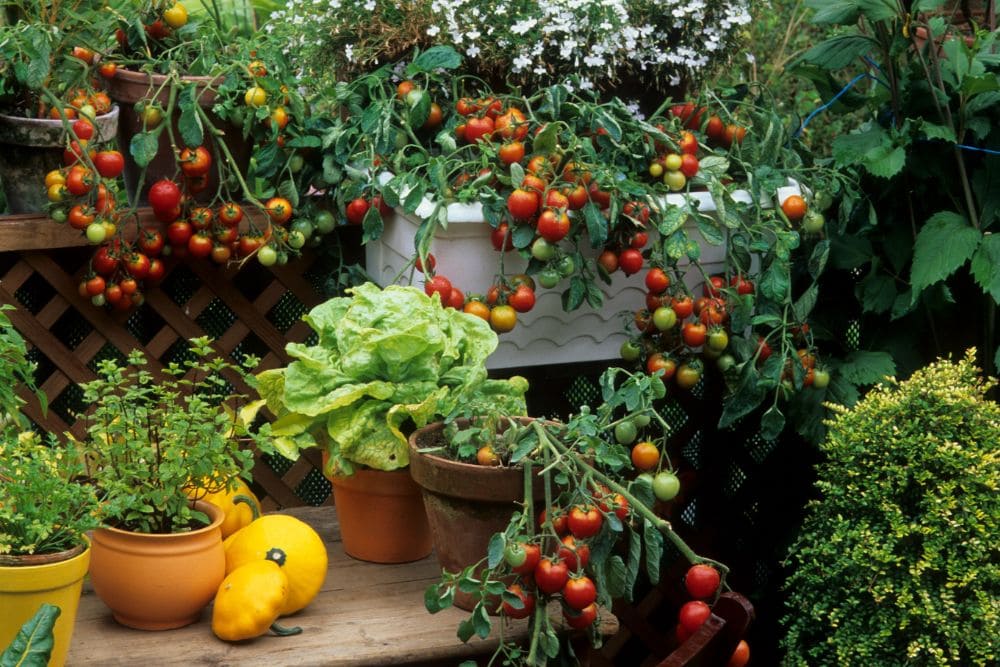
Even in the most sophisticated gardens, edibles are making a comeback. Luxury landscapes are now blending ornamental design with productive kitchen gardens. With the right planning, your vegetable garden can look polished and serve your table.
Tomatoes and Basil
Tomatoes are a favorite in many Menlo Park gardens, and when paired with basil, the benefits multiply. Basil naturally repels pests like aphids and whiteflies while enhancing the flavor of the tomatoes. Together, they form a classic pairing that embodies both function and beauty.
Carrots and Onions
Carrots thrive underground, while onions release a strong scent that confuses carrot flies and other pests. Growing them together makes efficient use of space and reduces pest damage.
Corn, Beans, and Squash – The Three Sisters
This traditional Native American method is a perfect example of companion planting. Corn provides support for climbing beans, beans enrich the soil with nitrogen, and squash covers the ground to retain moisture and suppress weeds. For homeowners seeking a touch of cultural heritage in their gardens, this combination offers both history and practicality.
A skilled landscape designer can integrate these vegetable pairings into structured raised beds or kitchen garden layouts that look elegant while being productive.
Companion Planting for Herbs and Flowers
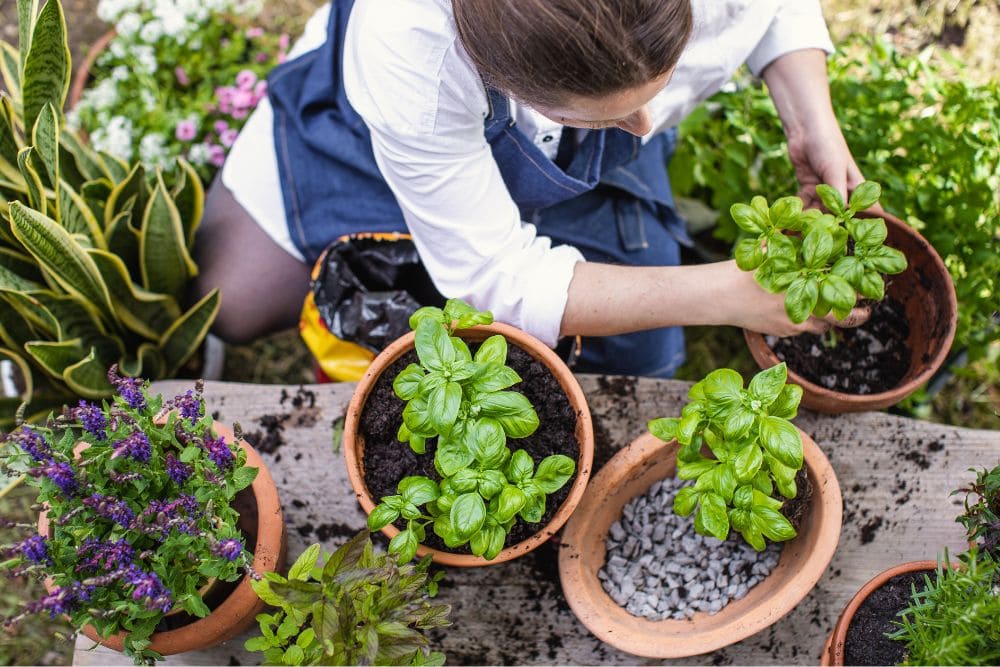
No luxury garden is complete without the fragrance and charm of herbs and flowers. These plants add color, texture, and aroma — while often serving as natural pest repellents or pollinator magnets.
Lavender and Roses
Lavender not only brings a calming scent but also keeps pests away from roses. The combination creates a timeless aesthetic in luxury landscaping, reminiscent of European estate gardens.
Marigolds with Vegetables
Marigolds release natural chemicals that deter nematodes in the soil and ward off aphids. Planted alongside vegetables, they add color and protection at the same time.
Dill and Cucumbers
Dill attracts beneficial insects like ladybugs and parasitic wasps, which help control cucumber pests. It also adds a soft, feathery texture to the garden design.
When curated by a residential landscape designer, herb and flower companions can be arranged in layered beds, borders, or courtyard plantings, blending ornamental charm with practical function.
Companion Planting for Fruit Trees
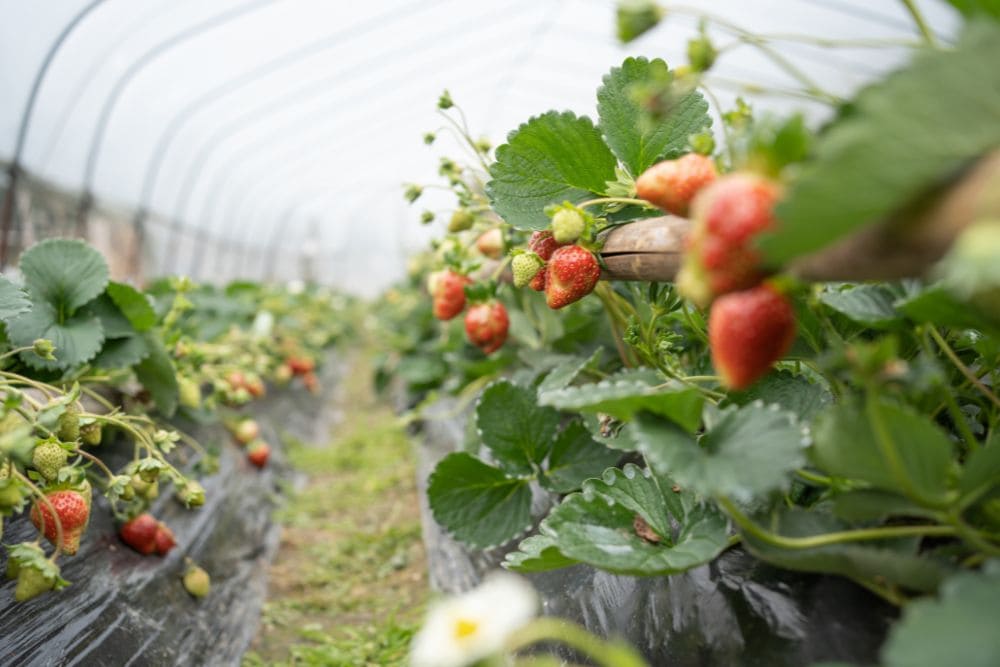
Fruit trees are often the centerpiece of Menlo Park estates. Companion planting can help these valuable investments thrive with less maintenance.
Apple Trees and Chives
Chives deter aphids and apple scab, making them an excellent ground companion for apple trees. Plus, their purple blooms add beauty at the tree’s base.
Citrus Trees and Nasturtiums
Nasturtiums act as a trap crop, attracting pests away from citrus while creating a vibrant display of orange and yellow flowers beneath the canopy.
Pear Trees and Comfrey
Comfrey draws nutrients deep from the soil, which can be chopped and left as mulch around pear trees. This keeps the soil rich and moist.
In luxury landscape design, these combinations not only support healthy harvests but also bring layered greenery and seasonal color to large estate orchards or small courtyard plantings.
Companion Planting for Pollinators
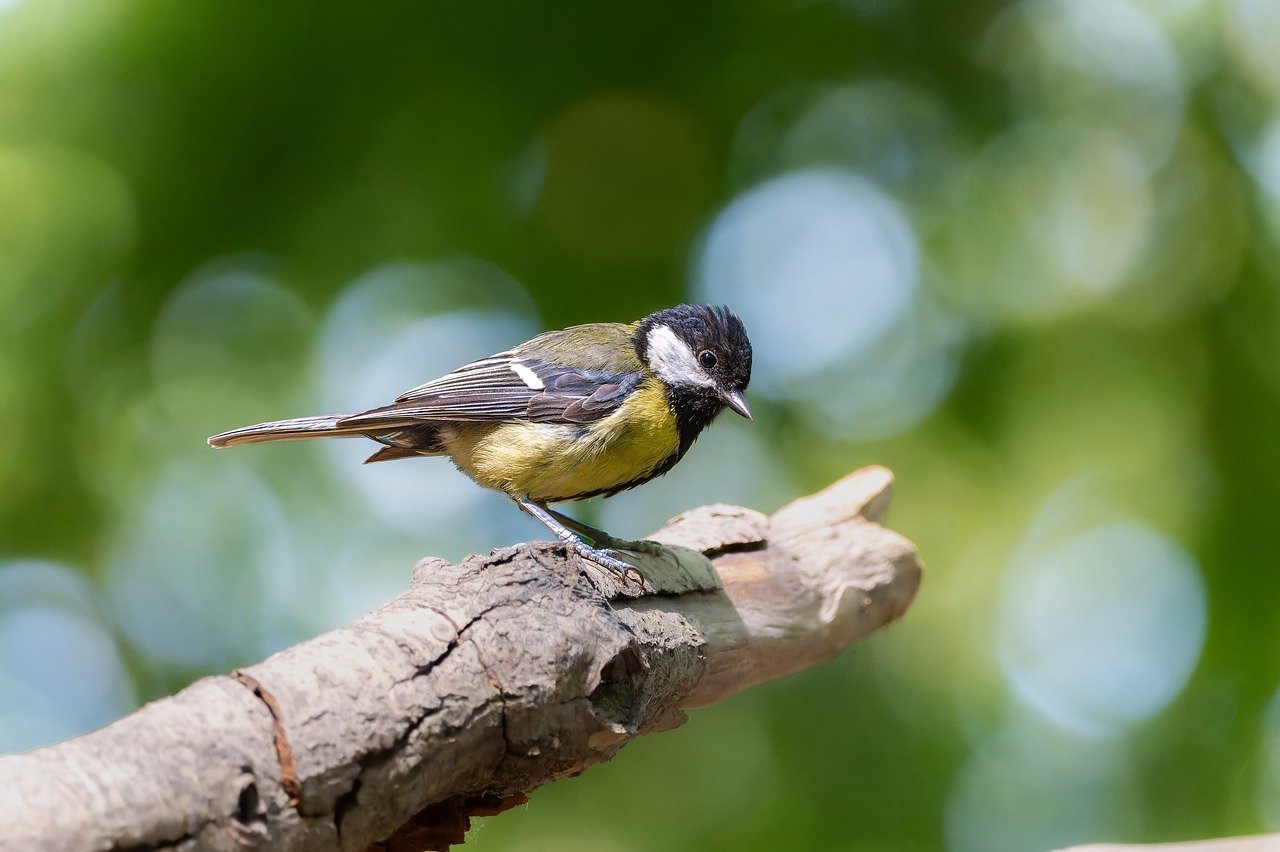
Pollinators such as bees, butterflies, and hummingbirds are vital for any thriving garden. Companion planting can attract and sustain them, ensuring both beauty and ecological balance.
Sunflowers and Cucumbers
Sunflowers provide a climbing structure for cucumbers while attracting pollinators that improve yields.
Echinacea and Vegetables
Echinacea, or coneflower, draws bees and butterflies, boosting pollination in nearby vegetable beds.
Sage and Lavender
These fragrant herbs not only deter pests but also bring hummingbirds into your garden.
A professional landscape designer integrates pollinator-friendly plants into pathways, borders, or mixed planting beds, ensuring the garden looks curated while serving ecological functions.
Design Principles for Companion Planting in Luxury Landscapes
Companion planting is more than a gardening trick. In Menlo Park, it is part of a larger design philosophy that merges function with beauty.
A residential landscape designer brings structure and artistry to companion planting by:
Organizing plants into intentional groupings for both looks and purpose.
Using raised beds or symmetrical layouts for vegetables to elevate elegance.
Layering perennials, annuals, and shrubs for continuous blooms.
Ensuring the planting palette complements patios, water features, and pathways.
When applied well, landscape design services turn the idea of companion planting into a refined garden plan that reflects sophistication while delivering everyday functionality.
Sustainable Luxury: Why Companion Planting Fits Menlo Park
Sustainability has become a cornerstone of luxury landscape design in the Bay Area. Homeowners want gardens that are not only beautiful but also responsible. Companion planting reduces the need for chemical fertilizers and pesticides, conserves water, and supports biodiversity — all of which align with modern sustainability goals.
In Menlo Park, where properties often include large gardens and estate landscapes, companion planting offers a natural way to maintain lushness and vibrancy without excessive inputs. For clients who work with a Bay Area landscape designer, this approach ensures their outdoor spaces are both eco-friendly and elegant.
Practical Companion Planting Combinations for Menlo Park Homes
Let’s look at some combinations that blend seamlessly into luxury landscaping projects in Menlo Park:
Lavender + Roses + Sage: A Mediterranean trio that adds color, fragrance, and pest protection.
Tomatoes + Basil + Marigolds: A kitchen garden combination that is as functional as it is charming.
Apple Trees + Chives + Nasturtiums: Fruit tree support with color and pest control.
Corn + Beans + Squash: Classic functional planting that doubles as a conversation piece in a modern estate.
Each of these combinations can be styled into raised beds, border plantings, or layered garden beds by a landscape designer, ensuring they look polished while delivering function.
The Role of a Landscape Designer
While companion planting may seem simple, integrating it into a luxury garden requires vision and experience. A residential landscape designer balances plant health, aesthetics, and long-term growth.
They ensure:
Plant selections fit Menlo Park’s microclimates.
Gardens maintain year-round interest.
Designs work with architectural elements like patios, pergolas, or fountains.
Plant combinations reflect the refined style expected in high-end properties.
Professional landscape design services take the guesswork out of companion planting, delivering a garden that feels effortless while functioning beautifully.
Bringing It All Together
Companion planting is more than a gardening technique. In Menlo Park, it represents the perfect marriage of beauty and function — a way to elevate your outdoor space while ensuring it thrives naturally. By choosing thoughtful plant pairings, you create a garden that:
Looks refined and elegant.
Protects itself from pests.
Supports pollinators and biodiversity.
Produces fresh herbs, vegetables, and fruit.
Reduces maintenance and chemical use.
For homeowners seeking luxury landscape design, companion planting is a timeless strategy that enhances both form and function. Whether you are refreshing a small courtyard garden or managing a large estate, working with an experienced landscape designer ensures your outdoor environment reaches its full potential.
At Petrus Landscaping, we specialize in designing gardens that bring together sophistication, sustainability, and everyday usefulness. With the right companion planting plan, your Menlo Park garden can flourish year after year — beautiful, balanced, and uniquely yours.
Companion planting is not just about growing plants side by side; it’s about creating synergy, elegance, and purpose in your garden. For Menlo Park homeowners, it’s a chance to combine luxury landscaping with ecological wisdom, resulting in outdoor spaces that feel alive and intentional.
If you’re ready to explore how companion planting can transform your property, consider partnering with a skilled residential landscape designer. With expert guidance, your garden can be both stunning and sustainable — a true reflection of luxury living in Menlo Park.
